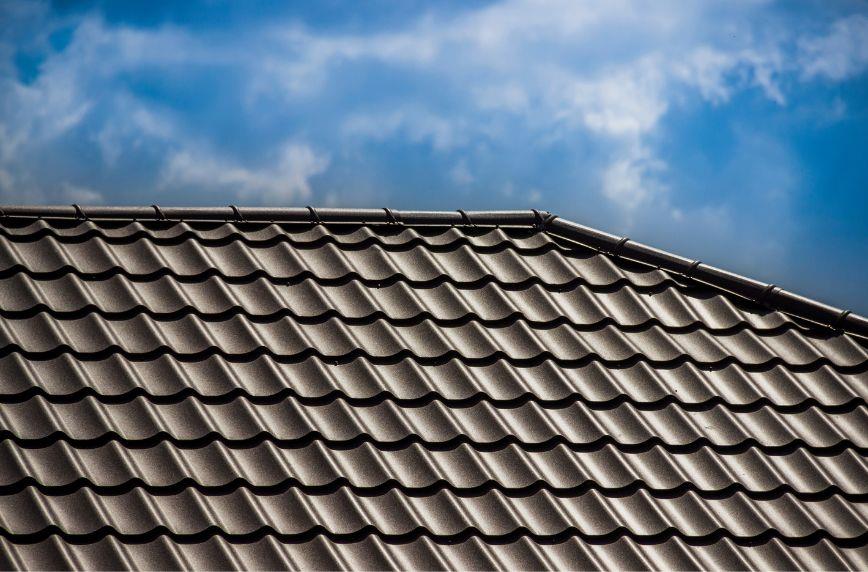The quest for an energy-efficient home has never been more relevant in a world increasingly conscious of environmental impact and rising utility costs. Completing a home energy audit is a powerful first step toward understanding your energy consumption and identifying opportunities to save money. Learn about the process of conducting a thorough DIY home energy audit and tips to cut down on utility bills.
Understanding the Basics
Before diving into the audit process, you need to grasp the fundamentals. What is a home energy audit, and why is it important for homeowners? A home energy audit involves examining your home’s energy usage, uncovering areas of inefficiency and potential improvements. By understanding how and where your home consumes energy, you can make informed decisions to enhance its efficiency.
Step-by-Step Energy Audit Guide
Start With a Walkthrough
Begin your audit with a thorough walkthrough of your home. Pay attention to potential energy leaks, drafts, and areas lacking insulation.
Assess Insulation
Check the insulation in your walls, attic, and floors. Inadequate insulation can result in significant energy loss.
Examine Windows and Doors
Inspect windows and doors for drafts and consider upgrading to energy-efficient models if necessary.
Evaluate Appliances and Lighting
Take stock of your appliances and lighting fixtures. Energy-efficient appliances and LED bulbs can make a substantial difference.
Check HVAC Systems
Examine your heating, ventilation, and air conditioning (HVAC) systems. Regular maintenance and proper insulation can improve their efficiency. Troubleshooting your air conditioning can be tricky, so don’t hesitate to contact a professional for help.
Investigate Water Usage
Assess water heaters and fixtures for potential energy savings. Simple changes, such as installing low-flow faucets, can contribute to efficiency.
Money-Saving Strategies
There are several ways to design an energy-efficient home, saving you money and helping to reduce your carbon footprint.
Seal Leaks and Gaps
Use weather stripping and caulking to seal gaps around windows and doors, preventing drafts.
Upgrade to Energy-Efficient Appliances
Consider replacing outdated appliances with energy-efficient models with the blue Energy Star label.
Install a Programmable Thermostat
Optimize your heating and cooling by installing a programmable thermostat, allowing you to regulate temperatures based on your schedule.
Use Natural Light
Make the most of natural light during the day to reduce the need for artificial lighting.
Replace Your Roof
Install an energy-efficient metal roof to optimize your savings and reduce utility bills. Its durable and reflective properties can decrease heat absorption and cool your home.
Conducting a thorough DIY home energy audit is a proactive and empowering step toward a more energy-efficient and cost-effective home. By identifying and addressing energy issues, you contribute to a sustainable future and enjoy the immediate benefits of reduced utility bills. Whether you’re making simple adjustments or considering significant upgrades, remember that every effort counts in the journey toward having a more energy-conscious lifestyle.
Are You a Professional?
Requests for your services are coming in left and right. Let’s connect and grow your business, together.


